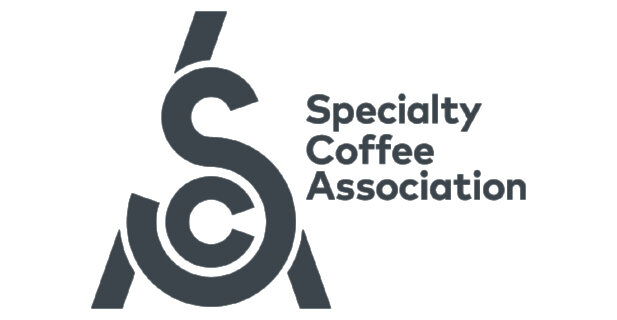Exchanging Valuable Information | 25, Issue 22
As incoming editor of 25, I’ve seen my first issue as a great reminder that every conversation we have about coffee is a chance to interrogate what we think we know.
Throughout my coffee career, spanning roles as a barista, a roaster, and a green coffee buyer in Aotearoa (New Zealand) and in Germany, I’ve had many conversations about things that seem glaringly obvious—for example, that value is distributed inequitably in the coffee system. However, these conversations are important; they allow us to check whether we all really agree on what’s obvious and to consider whose perspectives we’re taking into account. As a student of history, I was taught to ask not only “How did we get here?” but also “What’s next?”
Many of this issue’s features start with subjects that seem familiar. In Business, Mette-Marie Hansen summarizes a recently published study on value distribution in the German coffee retail market, and in Research, Professor William Ristenpart presents the findings of a multi-year research project on cold brew. Both features demonstrate that it’s useful to investigate what we’re already familiar with. By gathering data and seeking deeper understanding, we can have more nuanced conversations. Meanwhile, Lorena Piedra Castillo’s Sustainability feature—a summary of her thesis investigating the climatic conditions required to produce certain coffee flavors in Veracruz, Mexico—uses the obvious question “Does coffee’s flavor change as the climate does?” as the starting point to examine the more complex and forward-thinking question “How and where will coffee’s flavor change in the future?” Similarly, World Coffee Research’s Maeve Holler and Dr. Robert Kawuki use the fascinating history of robusta genetics to project how all actors across the coffee’s system could benefit from the species’ desirable traits—which include far more than its famous “robustness.”
But there are two features, in particular, that ask us to look beyond what we think we know. Many roasters and coffee tasters (myself included) will be shocked to read that the dominant narrative about what causes sweetness—sugars, which seems obvious, right?—does not bear scrutiny. Dr. Nancy Cordoba and Dr. Devin Peterson investigate the mystery of perceptible coffee sweetness in the Research feature on page 34. A Business feature from Eileen Gordon-Laity, Secretary General of the European Coffee Federation, provides welcome insight into the forthcoming EU Deforestation Regulation as she outlines opportunities for the EU to provide greater clarity on the regulation’s application and enforcement so that businesses can comply.
Many coffee professionals build careers around the deeply personal and embodied acts of tasting, smelling, and working with their hands, so it can be unsettling to have our education and knowledge foundations questioned or even disproved. However, when communicated with care and generosity (rather than met with gatekeeping), both paradigm-shifting discoveries and ordinary conversations provide opportunities for reflection and for making coffee better for all. In this spirit, this issue’s Program Spotlight offers an update on the SCA’s Coffee Value Assessment, with a particular focus on its potential as a tool for exchanging information.
I enjoyed learning so much in editing this; I hope that you do, too, with a good coffee by your side.
LAUREL CARMICHAEL (they/them)
Editor, 25
We hope you are as excited as we are about the release of 25, Issue 22. This issue of 25 is made possible with the contributions of specialty coffee businesses who support the activities of the Specialty Coffee Association through its underwriting and sponsorship programs. Learn more about our underwriters here.



